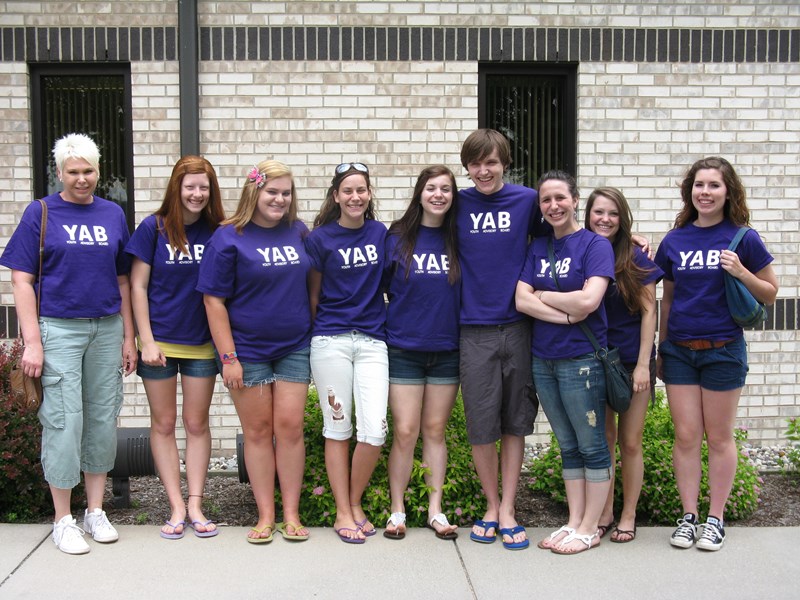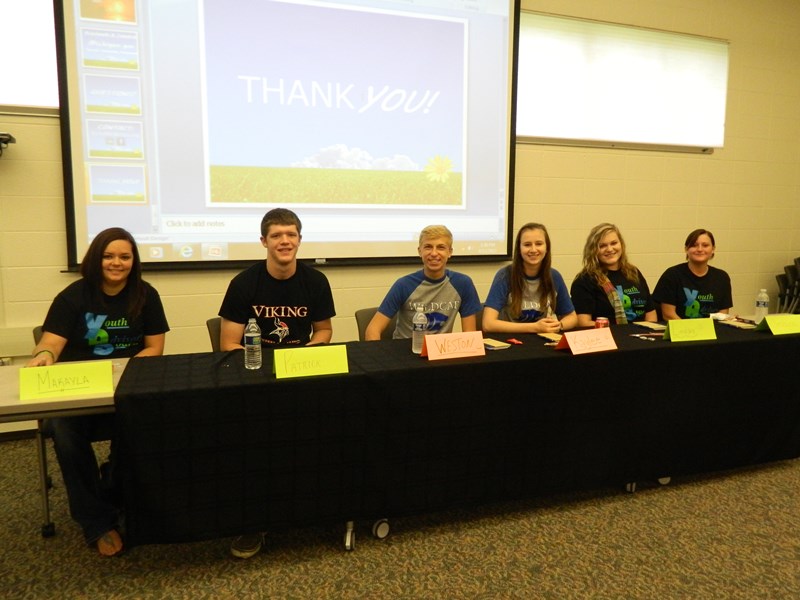Credit unions searching for new ways to engage younger members are finding youth advisory boards help open the door to meaningful dialogue and connect with a new demographic on their own terms. Missoula Credit Union ($383.2M, Missoula, MT), HarborLight Credit Union ($94.3M, Whitehall, MI), and Charlotte Metro Credit Union ($307.5M, Charlotte, NC) are using youth advisory boards to gain insightful feedback and insider tips on what marketing outreach does and doesn’t work.
Missoula Federal Credit Unionestablished its youth advisory board three years ago. The $383 million credit union does not have in-school branches, so it has reached out to counselors and teachers in local high schools for aid in its recruitment efforts. The approach has helped the credit union build relationships and bring in students who are interested in the board’s dual mission.
CU QUICK FACTS
MISSOULA FEDERAL CREDIT UNION
data as of 03.31.14
- HQ: Missoula, MI
- ASSETS: $383.2M
- MEMBERS: 45,758
- 12-MO SHARE GROWTH: 3.56%
- 12-MO LOAN GROWTH: 2.95%
- ROA: 0.20%
The youth advisory board is responsible for one big project during the year that helps promote financial literacy within the community, says Julie Pavlish, youth programs coordinator for Missoula Federal Credit Union. The other goalis for these young members to gain the experience of being on a board. We want them to learn how to be a good not-for-profit board member. We spend roughly half of our time training them so they can be future board members out in the world.
The credit union encourages youth advisory board members to attend at least one credit union board of directors meeting as well as the institution’s annual meeting so they can see firsthand how a governing body operates and learn more about thecredit union. Many of them assist with community events and give presentations to other students about the credit union or serve as a resource within their school to help fellow students who have questions about financial topics.
Pavlish teaches small group financial literacy courses and has received positive feedback on her budgeting basics classes. She even goes as far as to review individual college award letters to help the youth board fully understand financial aid and studentloans.
Timing is important when teaching financial literacy, she says. Before the students fill out their FAFSA, it is all just theoretical. Once they see the real numbers, they understand what it means.
Michigan-based HarborLight Credit Union also has its youth advisory board focus on promoting financial literacy. The YABs, as director of financial education,Sheryl Hogle, affectionately calls the board’s members, are especially busy during National Credit Union Youth Week each year.
CU QUICK FACTS
HARBORLIGHT CREDIT UNION
data as of 03.31.14
- HQ: Whitehall, MI
- ASSETS: $94.3M
- MEMBERS: 10,591
- 12-MO SHARE GROWTH: 4.36%
- 12-MO LOAN GROWTH: -1.09%
- ROA: 0.06%
HarborLight established its board in December 2005. Hogle’s No. 1 piece of advice for credit unions struggling to establish or maintain a youth advisory board is to stick with it.
In my nearly 10 years of running this, there have been lulls here and there, Hogle says. It can be discouraging, but if you hang in there you will see your impact grow.
Some YABs have participated in the board for as long as five years or have recruited younger siblings to serve, but that kind of success masks the program’s humble beginnings. The youth advisory board started with just a handful of members, whichhelped ease the challenge of fitting regular meetings into active students’ jam-packed schedules. HarborLight does not cap the number of members that can participate on the growing board and lets anyone who is interested join.
If we have 12 or 13 members and only eight or nine show up to a given meeting, that’s OK, Hogle says. We still have a large enough group to provide meaningful feedback and get things done.
YAB members have appeared in the credit union’s radio and TV commercials touting things such as the credit unions student-run branches and its student loan options. It was also the youth advisory board that designed the face of one of two VISAGold First Cards, a credit card that HarborLight promotes primarily to young adults. YABs also help plan and participate in student financial workshops, share feedback on marketing promotions and products, and talk up the credit union’s youth programs to their schools and communities.
They are our voice in the community and help explain what the credit union is all about, Hogle says. They wear their YAB T-shirts to walk in parades or attend member appreciation picnics.
That visibility has had a tangible impact on the credit union’s younger member reach. According to the credit union, the average age of membership across the industry was 47 in 2009 while HarborLight’s average age of membership was 42.




Charlotte Metro Credit Union launched its student advisory board during the 2012-2013 school year for college students attending the University of North Carolina at Charlotte. Even though it’s relatively new, Susan Coughlin, electronic delivery and member retention manager, has already changed the board’s recruitment process.
CU QUICK FACTS
CHARLOTTE METRO CREDIT UNION
data as of 03.31.14
- HQ: Charlotte, NC
- ASSETS: $307.5M
- MEMBERS: 40,106
- 12-MO SHARE GROWTH: 2.13%
- 12-MO LOAN GROWTH: 6.91%
- ROA: 1.23%
The first year we primarily used flyers and on-campus ads, but the second year I was able to connect with some of the school’s administrators, Coughlin says. They sent emails with links directly to the advisory board application,and that had a great response.
Charlotte Metro’s advisory board, which consists of nine student members and two alternates, has already made an impact on how the credit union markets to UNC students. The credit union has altered its on-campus marketing strategy and stopped usingtraditional media like tent cards, newspaper ads, and banners.
We asked [the board members] to look at one of our youth brochures we thought was really hip, Coughlin says. They thought it was awful. The credit union was trying to be trendy and we just weren’t, so we pulled that brochureright away and moved away from using that imagery altogether.
In addition to marketing decisions, the advisory board helped the credit union determine what the students wanted from the credit union.
We learned they wanted us to be more involved on campus, Coughlin says. Have a table at athletic events and during orientation, be a resource they could talk to and interact with in person. This was surprising to us as we assumed they wanted to interact with us online, but they really wanted to talk to someone.
The credit union still takes out a small ad, mostly for the benefit of parents, but now it also makes sure it is present during move-in days on campus and at nearby off-campus apartments. After all, the credit union has products for all young members,regardless of where they live.
We sell renters insurance and other products the students really need, Coughlin says.
The advisory board meets just four times per year but packs a lot into each one-and-a-half to two-hour meeting.
We try to minimize the time commitments and send out information in advance so the advisory board members walk in prepared to discuss the topics at each meeting, Coughlin says.
The first three sessions focus on marketing, social media, and the credit union’s products and services. The credit union reserves the fourth and final session of the year for advisory board members to interact with the credit union’s executiveteam and board members.
The information exchange is a two-way street, Coughlin says. The students present an idea to the board and then they ask questions about running the credit union.
Both groups appreciate the dialogue and learn from the other. Despite the newness of the program and the learning curve involved to get the most out of it, Coughlin says the time commitment is worth it. The credit union is already seeing more activitywith younger members.
They give us a completely different perspective that is more valuable than trying to guess what they want, Coughlin says.